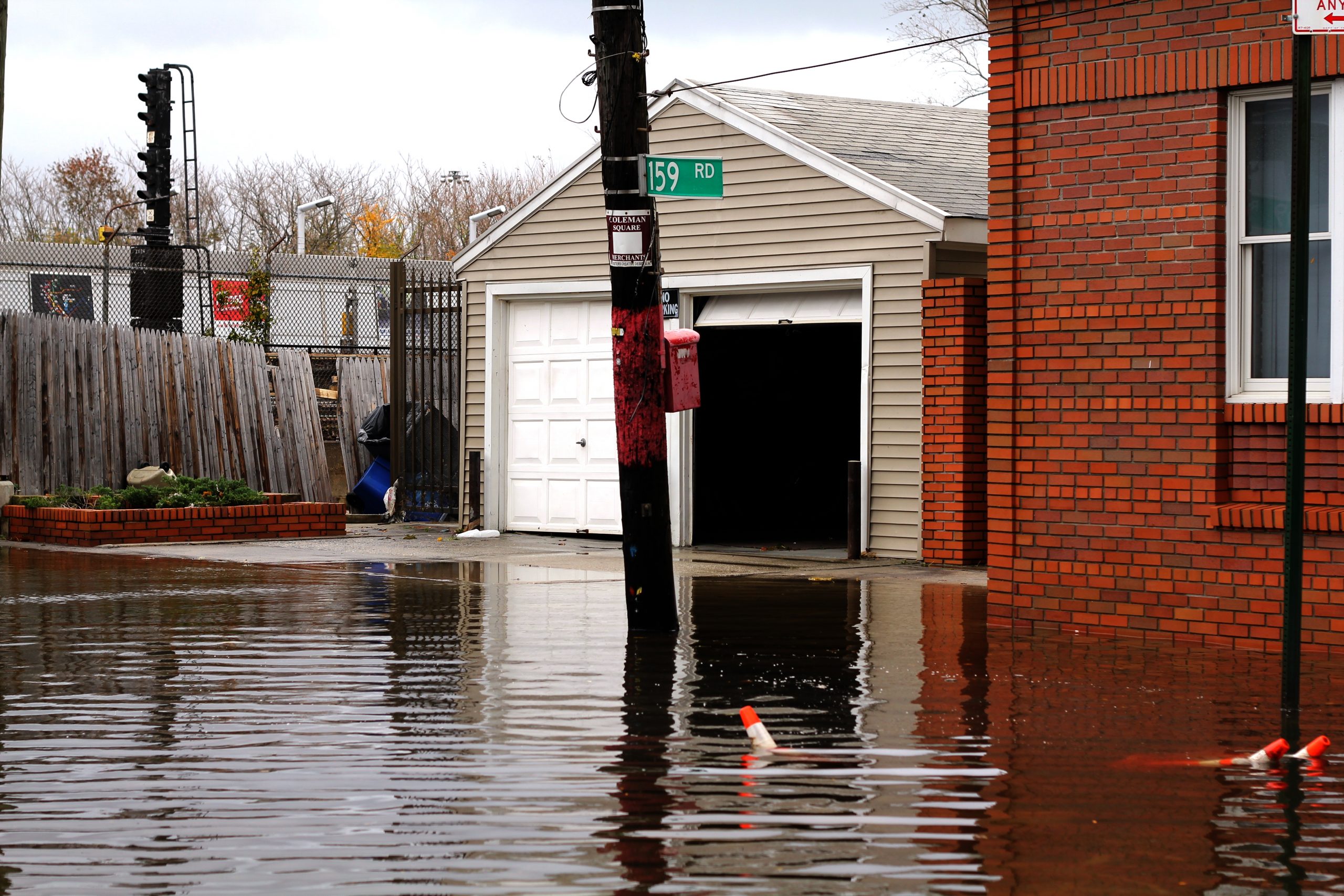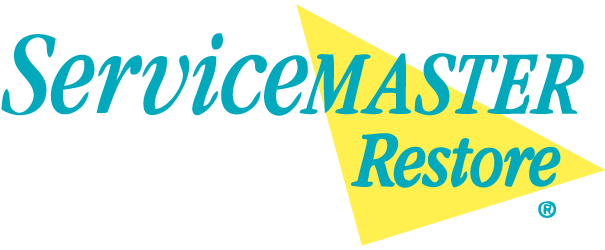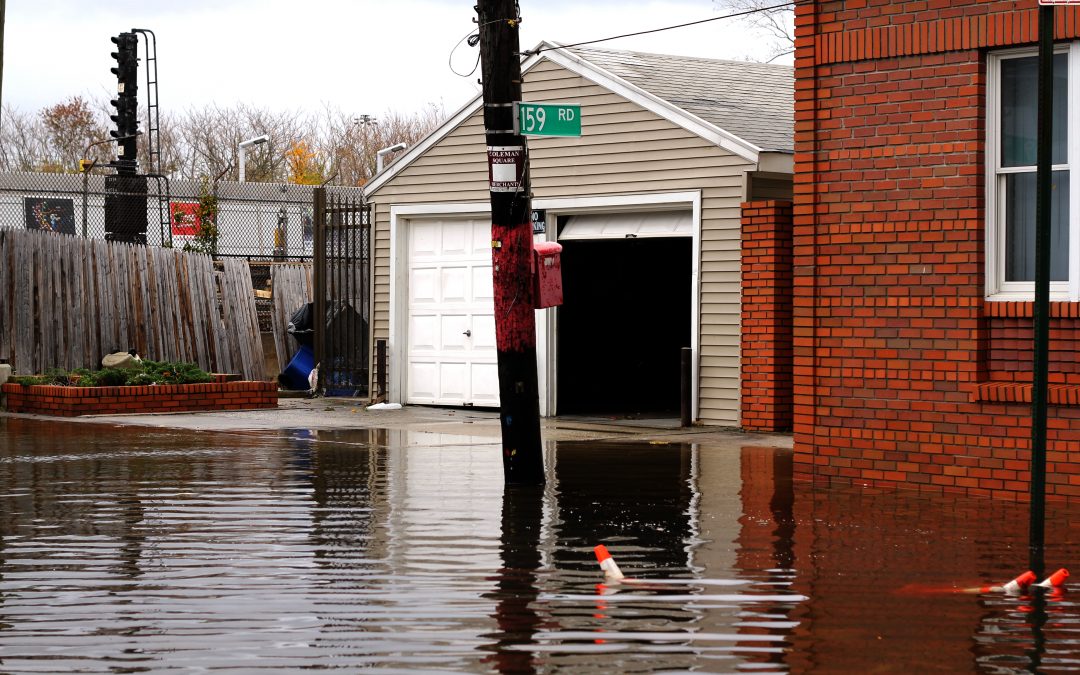In the event of a disaster, your home and possessions could suffer significant damage. It’s crucial to safeguard your belongings, particularly irreplaceable items like heirlooms, photos, and valuables. While we can’t predict when a natural disaster will strike, it’s essential to plan in advance to ensure the protection of your possessions.
Being informed about potential natural disasters in your area is crucial. This knowledge can offer a significant advantage during emergencies. If you reside in a region prone to earthquakes, blizzards, hurricanes, tornadoes, or floods, it’s essential to stay alert and anticipate any potential disasters. This preparedness will enable you to safeguard your possessions effectively.
How to Protect Your Belongings from Natural Disasters
If you live in an area where natural disasters are common, you should know how to protect your home and personal belongings from their effects. Here are a few things to keep in mind:
- Protect important papers, photos, and valuables by placing them in a fire and water protected safe.
- Always make sure to keep digital copies of the most important documents in the cloud, and on portable flash drives. You can use free apps for Android and iOS which makes it very easy for that purpose.
- Any artwork, antiques, and other valuable possessions should be placed in a climate-controlled, generator-protected storage facility for safekeeping.
- Always make sure to keep your trees trimmed properly and put away lawn furniture and yard equipment. Finally, you should ensure that any storage areas or sheds are locked as winds can open them if they are not locked.
- Ensure all interior doors are closed to protect your roof during high winds by containing pressure within smaller areas.
- Prepare for insurance claims by maintaining an inventory of your possessions. Capture photos of items upon purchase, and keep receipts, including appraisals for valuable pieces like jewelry and artwork. Update this list regularly. A detailed home inventory will streamline the process and reduce stress when dealing with water damage and submitting insurance claims.
- Get a lock box. You may never know when you can be stuck inside your home or need someone to check on it during a natural disaster. There are many options available such as portable lock boxes that you can access via a combination or a smartphone.
- Extensive damage may occur to your home in the event of a disaster. However, true heartache lies in losing irreplaceable items like family heirlooms, photos, jewelry, or other valuables. While disasters strike unpredictably, there are steps you can proactively take to safeguard your most cherished possessions.
- All off-season items and bulk belongings should be stored in waterproof containers, especially if your storage area is prone to being wet such as in basements and attics.
- Never store valuables of any type at risk of getting damaged by water, as you may end up with mold as well which can cause permanent damage.
- All items you are storing should always be stored off the floor such as on a higher shelf, especially in basements. This provides protection in case of a sewage backup or water seepage of any kind.

Have you experienced water damage at your home or business? ServiceMaster S&R Systems can help.
How to Avoid Mold After a Natural Disaster
If you do end up with water damage within your home or business, there are things you can do to protect your property and your belongings from mold.
- Make sure to remove any standing water quickly. Standing water can grow microorganisms, which are airborne and can be inhaled.
- Always dry or remove any fabric that got wet such as carpets, padding, and upholstery, within 24-48 hours after a flood. This will help prevent mold growth. If you have any items that cannot be dried, you should either replace them or discard them.
- If you’ve ended up with some mold growth after a flood or a natural disaster, make sure you clean it with bleach and water. This will stop it from re-growing. Also, make sure to wash and disinfect all areas that may have flooded. This can include closets, shelves, and even heating and air conditioning systems.
- Make sure that any items that have a moldy residue have been disposed of in bags. This includes rags and paper so that mold does not spread further.
- One way to make sure that mold does not appear is to find the source of the moisture and eliminate it.
- For major mold issues make sure to get some advice and help from a mold remediation specialist.
Creating a Home Inventory List
Having a home inventory list is crucial for when natural disasters occur. It simplifies the process by providing a detailed list of your possessions and their value, making it easier for the insurance company to reimburse you for damages. Here are some helpful tips:
- Find an easy spot to start – Start with a contained area such as the kitchen appliance cabinet or a handbag shelf.
- Make a list of recent purchases – Get into the habit of making an inventory of recent purchases and then go back and add older possessions.
- Just add the basic info – Describe the item including where you bought it, make and model, what you paid, and any other detail that you may need to make a claim.
- Clothing should be in a general category – Just list for example 6 pairs of jeans, 3 pairs of shoes etc. Make sure to list any items that are very valuable.
- List serial numbers– Look on the back or bottom of appliances and electronics.
- Make sure to check the value of valuable items – This may include jewelry, art and collectibles as the value may have increased or decreased. You may need special coverage for these items which you can discuss with your insurance company.
- Add off-site items – If you have items in self-storage, they are also usually covered by your homeowner’s insurance. They should be included in your inventory.
- Include proof of value – Make sure to include any receipts, purchase contracts, and appraisals in your list.
- Avoid overwhelm – Once you have started your inventory, make sure to keep going even if you can’t finish it all at once. It is always better to have some inventory than none.
Professional Water Damage Restoration
Have you experienced water damage at your home or business? ServiceMaster S&R Systems can help. We offer a full range of water damage restoration services in Aurora, IL, and the surrounding areas. Our highly trained professionals will remove any standing water, dry out the area, and restore the damage it caused while taking steps to prevent mold. If you do experience mold, we also provide mold remediation services using top-notch products and methods to ensure its complete removal. For more information about our water damage restoration and mold removal services, give us a call at (630) 896-0030.

